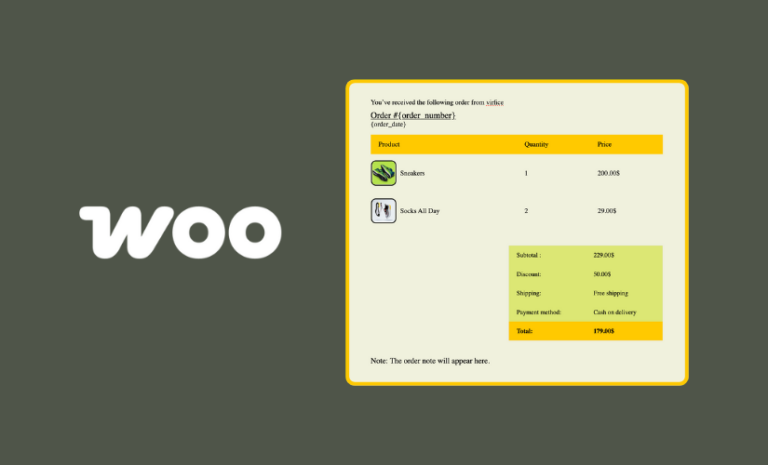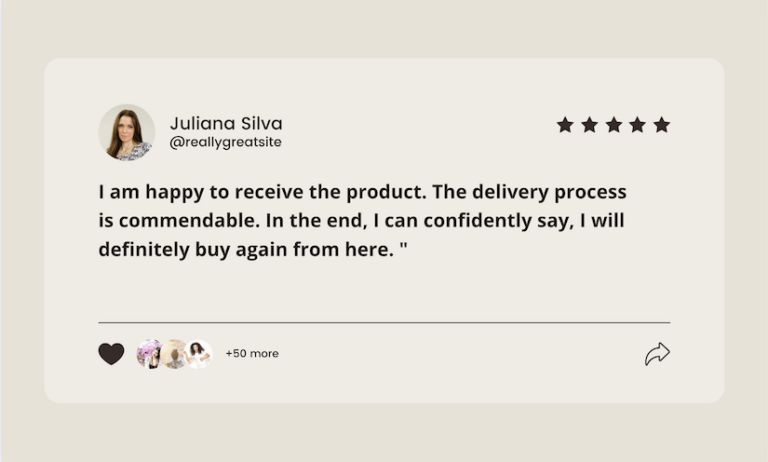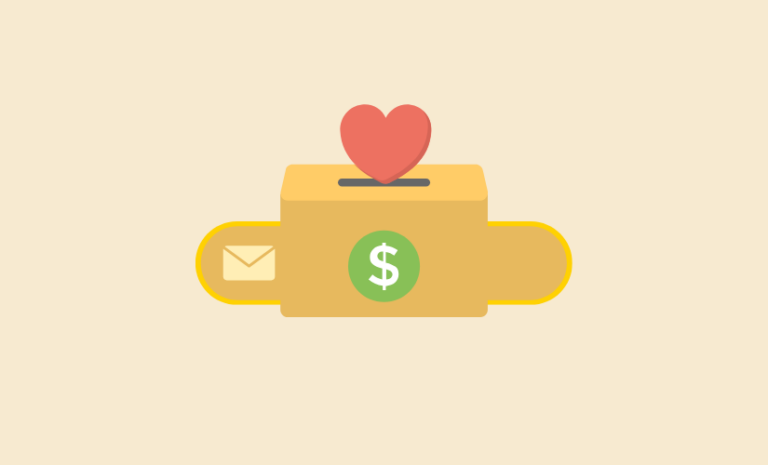Want to master the art of customer segmentation for email marketing? Learn the best practices, tools, and techniques to target your audience and boost engagement for in your eCommerce stores’ email marketing campaigns.
In the fast-paced world of eCommerce, it’s important to send the right message to the right people at the right time. Customer segmentation helps you do this by dividing your customers into smaller groups based on specific traits. This allows you to create personalized messages that better meet their needs and preferences, leading to higher engagement and more sales. In this blog post, we’ll look at effective ways to segment your customers for successful eCommerce email marketing.
Segmentation not only improves communication but also enhances the overall customer experience. By understanding and addressing the unique characteristics of each segment, you can build stronger relationships, foster loyalty, and ultimately drive more revenue for your business. Let’s dive into the best strategies to make your email marketing more effective through customer segmentation
Why Customer Segmentation for Email Marketing Matters

Customer segmentation is crucial for enhancing the effectiveness of email marketing campaigns. By dividing your customer base into distinct groups based on specific characteristics, you can create highly personalized and relevant messages. This tailored approach not only increases engagement and conversion rates but also optimizes marketing efforts by targeting resources toward the most promising customer segments.
Customer segmentation allows you to:
- Enhance Personalization: Tailor content to the specific interests and behaviors of different customer groups.
- Increase Engagement: Deliver more relevant content, leading to higher open and click-through rates.
- Boost Conversion Rates: Targeted emails are more likely to convert as they resonate better with the recipients.
- Improve Customer Retention: Personalized communication helps build stronger relationships and increases customer loyalty.
- Optimize Marketing Spend: Focus your resources on segments that are most likely to generate revenue.
Key Customer Segmentation for Email Marketing Strategies
To make your email marketing campaigns more effective, it’s essential to segment your customer base. By understanding and categorizing your customers into specific groups based on their characteristics and behaviors, you can deliver more personalized and relevant messages. This targeted approach not only enhances engagement and conversion rates but also strengthens customer relationships and loyalty. In the following sections, we will explore some of the most effective customer segmentation strategies that can help you achieve these goals in your email marketing efforts.
Demographic Segmentation
Segment your audience based on demographic factors such as age, gender, income, education, and location. This basic level of segmentation can help in crafting messages that appeal to specific groups. For example, a fashion retailer might promote different products to male and female customers or offer region-specific discounts.
Behavioral Segmentation
Analyze customer behavior, including purchase history, browsing habits, and engagement with past emails. This approach allows you to target customers based on their actions. For instance, you can send cart abandonment reminders to customers who left items in their shopping carts or recommend similar products to those who recently made a purchase.
Behavioral segmentation is a part of behavioral targeting in email marketing. It analyzes the actions of customers and helps you target customers accordingly.
Psychographic Segmentation
Understand the lifestyle, values, and interests of your customers. This deeper level of segmentation helps in creating highly personalized content. For example, a sportswear brand might segment its audience into groups based on their preferred activities, such as running, yoga, or hiking, and tailor its emails accordingly.
Geographic Segmentation
Tailor your messages based on the geographic location of your customers. This can be particularly useful for promoting location-specific events, offers, or products. For example, an eCommerce store can offer special discounts during local festivals or promote weather-appropriate products.
RFM (Recency, Frequency, Monetary) Segmentation
RFM segmentation is a powerful marketing analysis tool that helps businesses understand and categorize their customers based on their purchasing behavior. This segmentation method focuses on three key metrics:
- Recency: This metric measures how recently a customer made a purchase. Customers who have made a recent purchase are more likely to engage with new marketing campaigns and offers. Businesses often prioritize these customers because they are more likely to buy again soon. Recency can be determined by looking at the date of the most recent purchase.
- Frequency: Frequency measures how often a customer purchases within a specific period. Customers who purchase more frequently are typically more loyal and have a higher lifetime value. Identifying these frequent buyers allows businesses to reward their loyalty and encourage further purchases. Frequency is calculated by counting the number of purchases made within a certain timeframe.
- Monetary Value: This metric assesses how much a customer spends on their purchases. Customers who spend more money are often considered high-value customers. Understanding the monetary value helps businesses identify their best customers and tailor special offers to maintain their loyalty. Monetary value is determined by the total amount spent by the customer over a specific period.
The Recency, Frequency, Monetary Value (RFM) model is a powerful tool for email marketing. By understanding these traits, marketers can create more effective, targeted email campaigns. For example, high-value customers can receive exclusive offers, while re-engagement campaigns can target at-risk customers.
Lifecycle Segmentation
Lifecycle segmentation is particularly powerful for eCommerce businesses as it targets customers based on their stage in the customer lifecycle. Common lifecycle stages include:
- Recent Customers: Target with thank you emails and exclusive offers.
- Loyal Customers: Engage with referral programs and exclusive discounts.
- Champions: Reward with VIP perks and personalized recommendations.
- Customers Needing Nurturing: Send re-engagement campaigns and offers.
- At-Risk Customers: Use reminders and special deals to encourage activity.
- High-Potential Customers: Promote upselling opportunities.
How to Target Segmented Customers in Email Marketing
To maximize the effectiveness of your email marketing campaigns, it’s essential to target segmented customers. By dividing your audience into specific groups based on characteristics such as behavior, preferences, and demographics, you can send personalized messages that resonate more deeply with each segment. This approach not only increases engagement and conversion rates but also helps build stronger customer relationships and loyalty. In the following sections, we will explore practical strategies for targeting different customer segments in your email marketing efforts.
- Special Rewards for Loyal Customers: Offer exclusive discounts, early access to new products, or membership in a VIP program to show appreciation.
- Win-Back Offers for Inactive Customers: Send personalized re-engagement emails with special discounts or incentives to encourage them to make a purchase.
- Upselling and Cross-Selling for High-Value Customers: Recommend complementary products or premium versions of previously purchased items to increase their lifetime value.
- Personalized Recommendations for Frequent Shoppers: Use their purchasing history to suggest products that match their preferences, improving their shopping experience.
- Urgency and Limited-Time Offer for Recent Shoppers: Create a sense of urgency with limited-time promotions to drive repeat purchases.
- Discounts on Local Occasions: Segment customers based on their geographical locations and offer discounts on their national or local celebrations and events.
- Lifecycle Stage-Based Offers: Tailor your emails to different stages of the customer lifecycle, such as welcoming new customers, thanking repeat buyers, or re-engaging dormant customers.
- Feedback and Review Requests: Engage customers who recently purchased by asking for feedback or product reviews, helping to build trust and community.
- Offer birthday and anniversary discounts: You can offer discounts for customers having birthdays or purchase anniversaries with your store. This builds a strong relationship between your store brand and your customers.
- Exclusive Content for Niche Segments: Provide valuable content, such as expert advice, how-to guides, or industry insights, tailored to specific niche segments within your customer base.
How to Implement Segmentation in Your Email Marketing
Implementing customer segmentation for email marketing can significantly enhance your campaign’s effectiveness. By tailoring your approach to different customer segments, you can ensure that your messages are relevant and engaging. Here are some key steps to implement segmentation in your email marketing:
- Collect and Analyze: Data Use data from various sources such as your eCommerce platform, CRM, and email marketing software to gather insights about your customers. Analyze this data to identify patterns and segment your audience effectively.
- Create Customer Personas: Develop detailed personas for each segment, including their demographics, behaviors, preferences, and pain points. These personas will guide your email marketing strategy and content creation.
- Craft Personalized Content: Develop email content that speaks directly to each segment. Personalization can include using the recipient’s name, recommending products based on past purchases, and sending tailored offers and messages.
- Automate Your Campaigns: Use marketing automation tools to streamline your email campaigns. Automation allows you to send timely and relevant emails to different segments without manual intervention, ensuring a consistent and efficient marketing process.
- Test and Optimize: Continuously test and optimize your segmentation strategy. Use A/B testing to experiment with different approaches and analyze the results to understand what works best for each segment. Adjust your strategy based on these insights to improve performance over time.
Customer segmentation is a powerful strategy for enhancing the effectiveness of your eCommerce email marketing. By understanding and targeting your audience with personalized messages, you can significantly improve engagement, conversion rates, and customer loyalty. Start implementing this customer segmentation for email marketing strategies today to see a measurable impact on your email marketing success.



